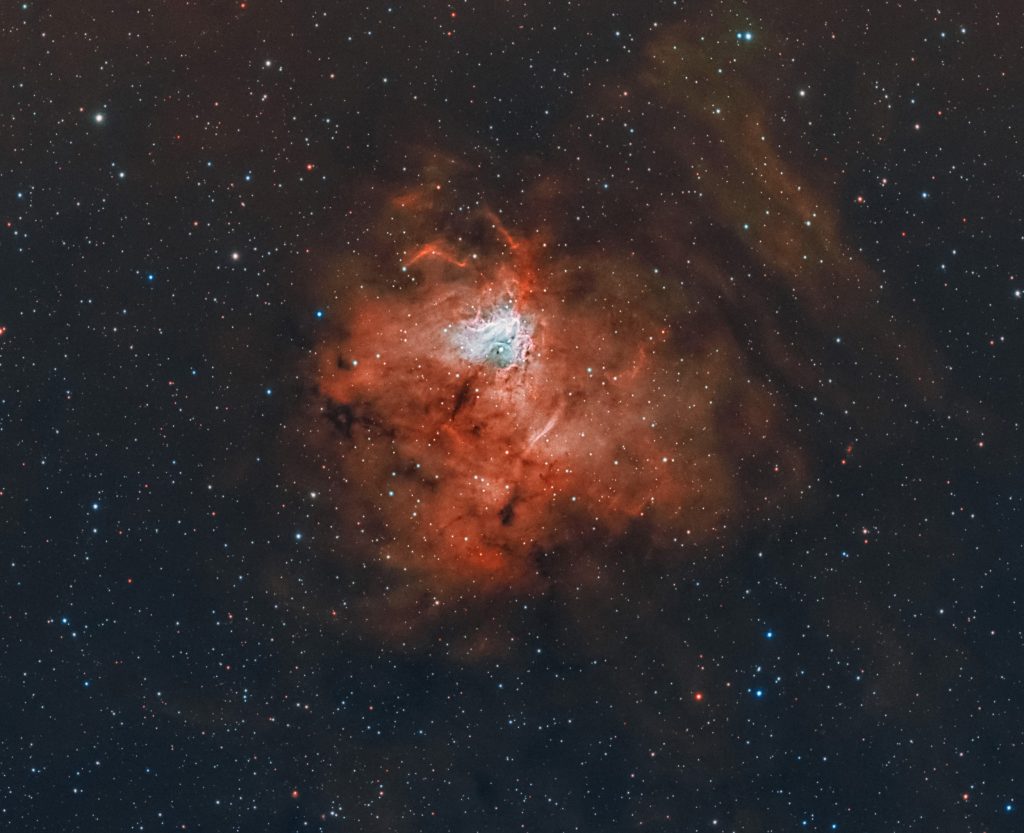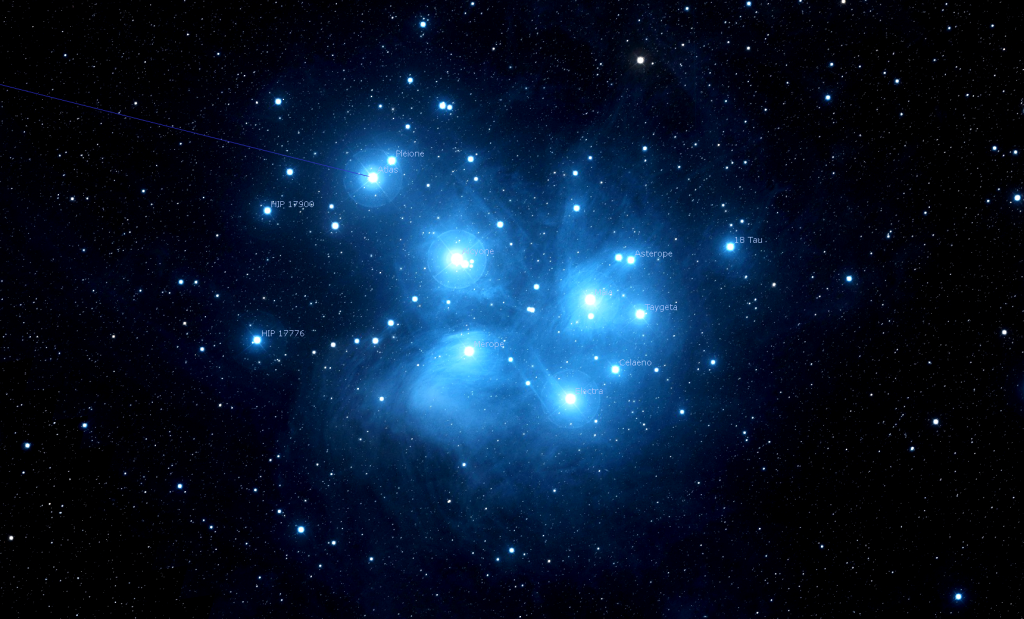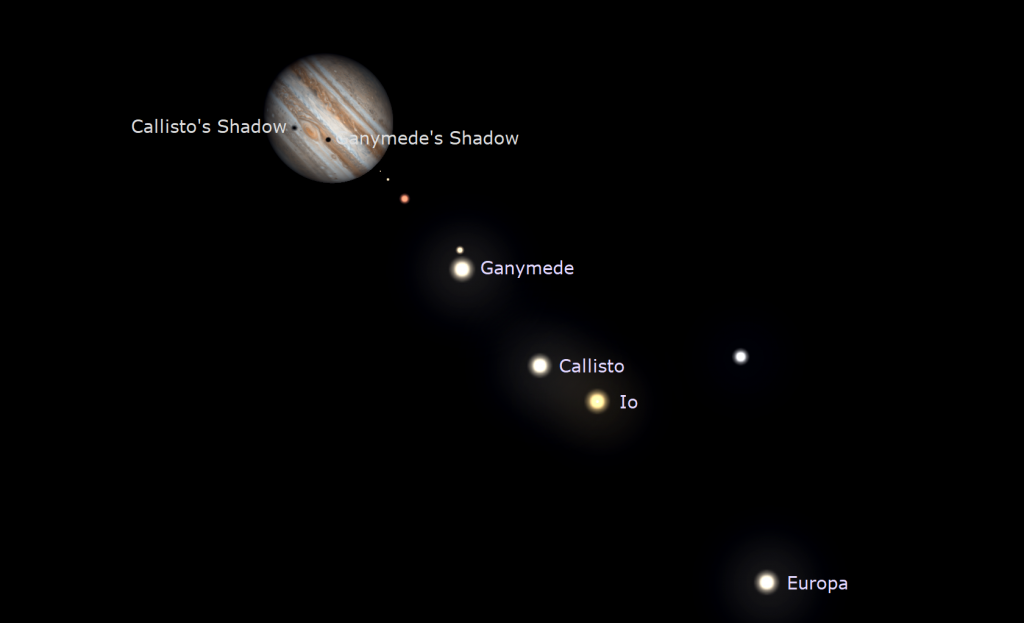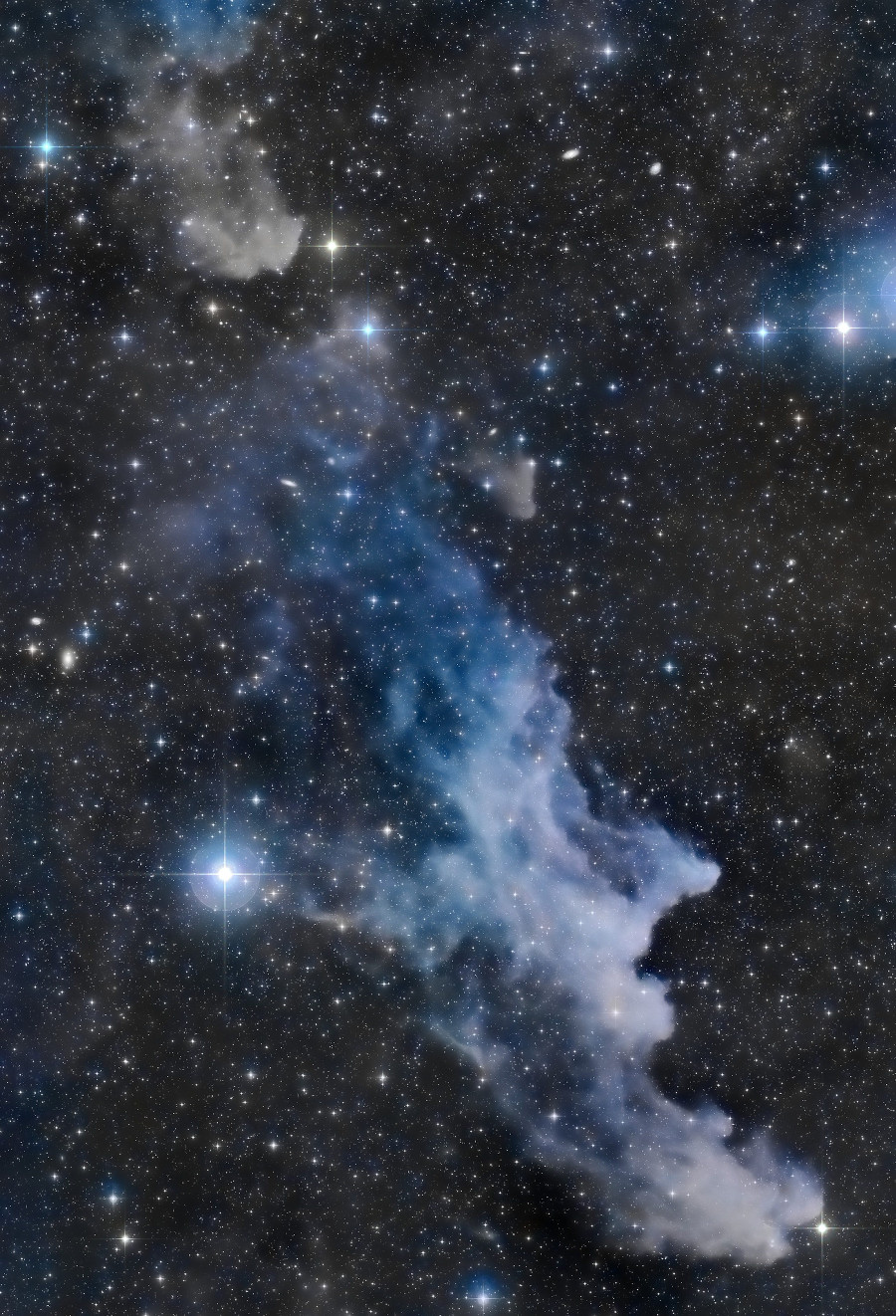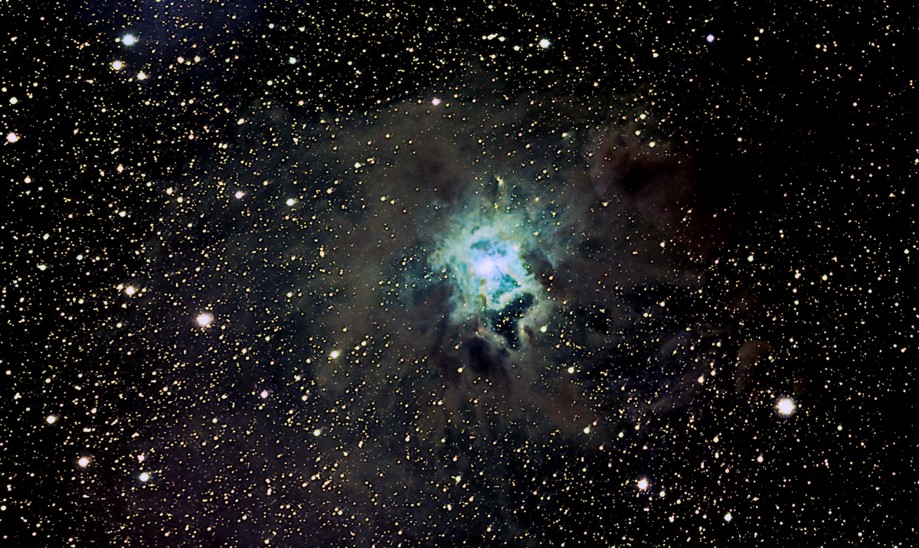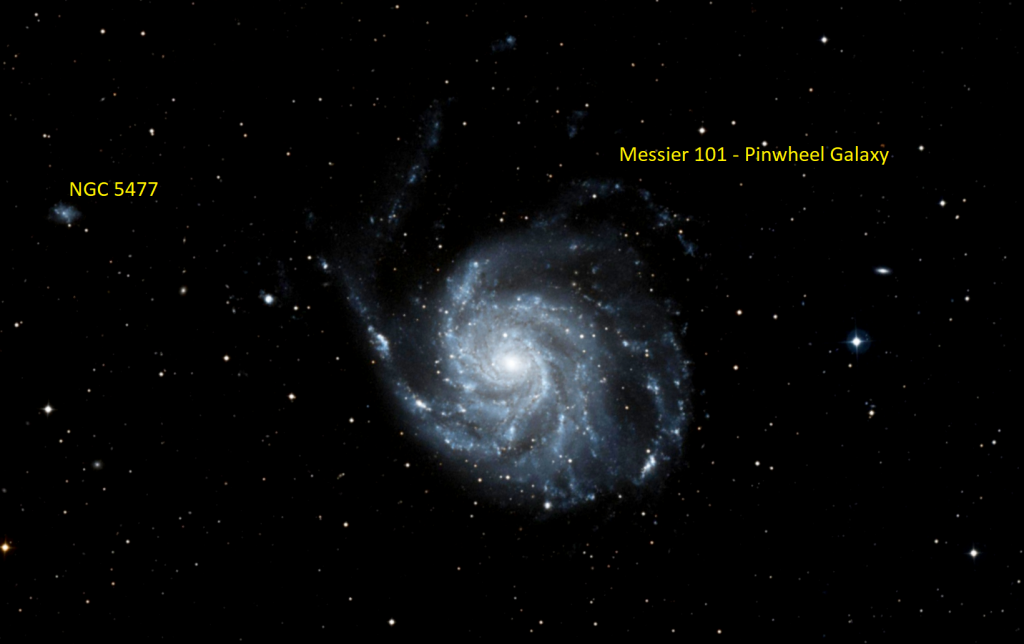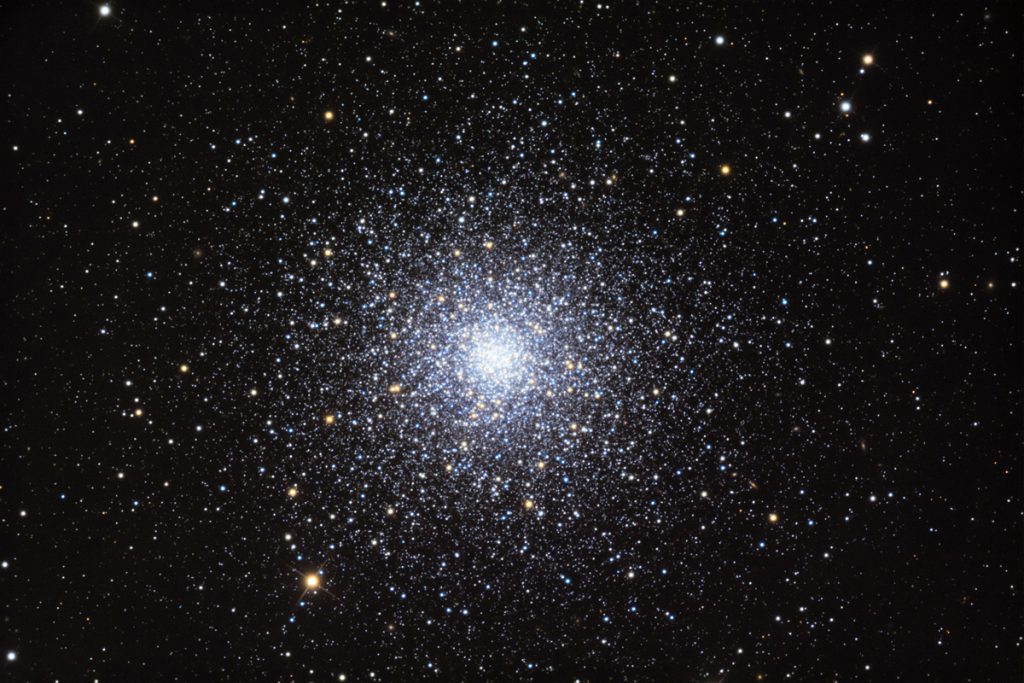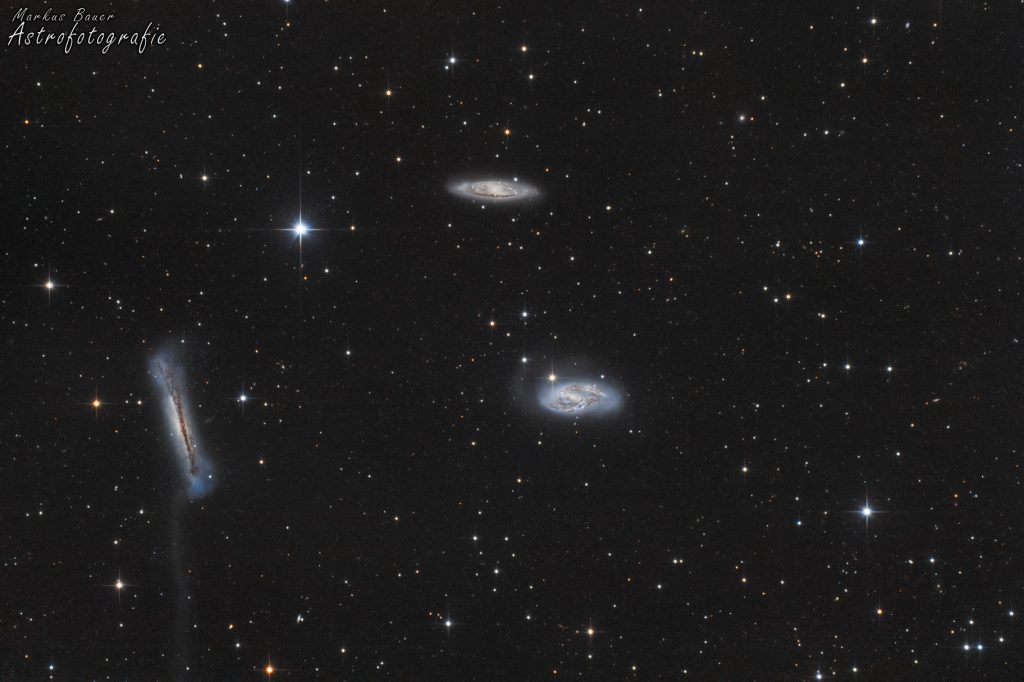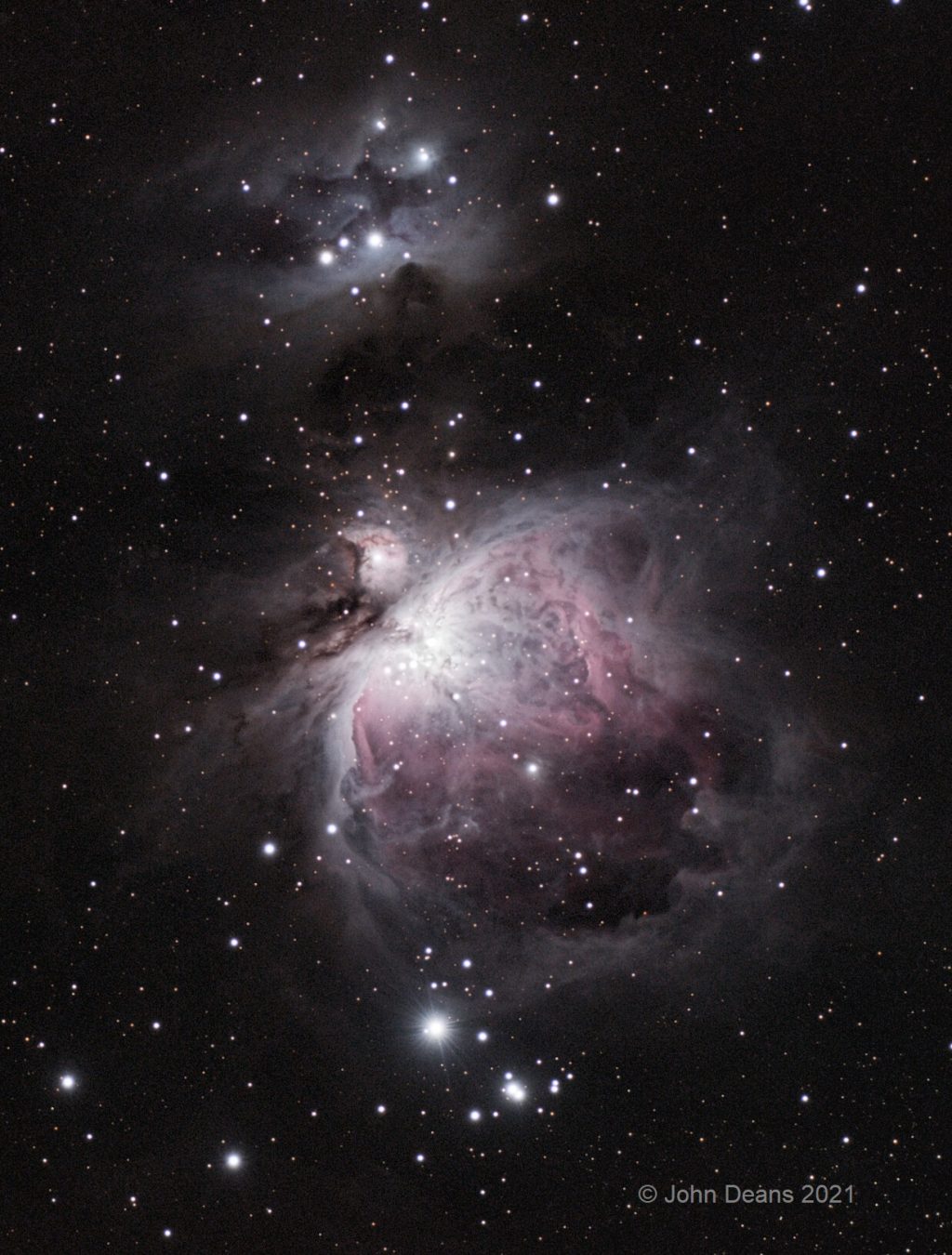A Lonely Evening Jupiter Misses Mars and Venus Partying at Dawn, and Moonless Evenings Invite Peeks at Perfect Perseus!
This image of the Fossil Footprint Nebula NGC 1491 in Perseus was captured by Adam Block at Mount Lemmon Observatory in Arizona. This image is nearly one degree wide, or about finger’s width. Wikipedia Hello, Stargazers! Here are your Astronomy Skylights for the week of January 23rd, 2022 by Chris Vaughan. Feel free to pass…
Read more
